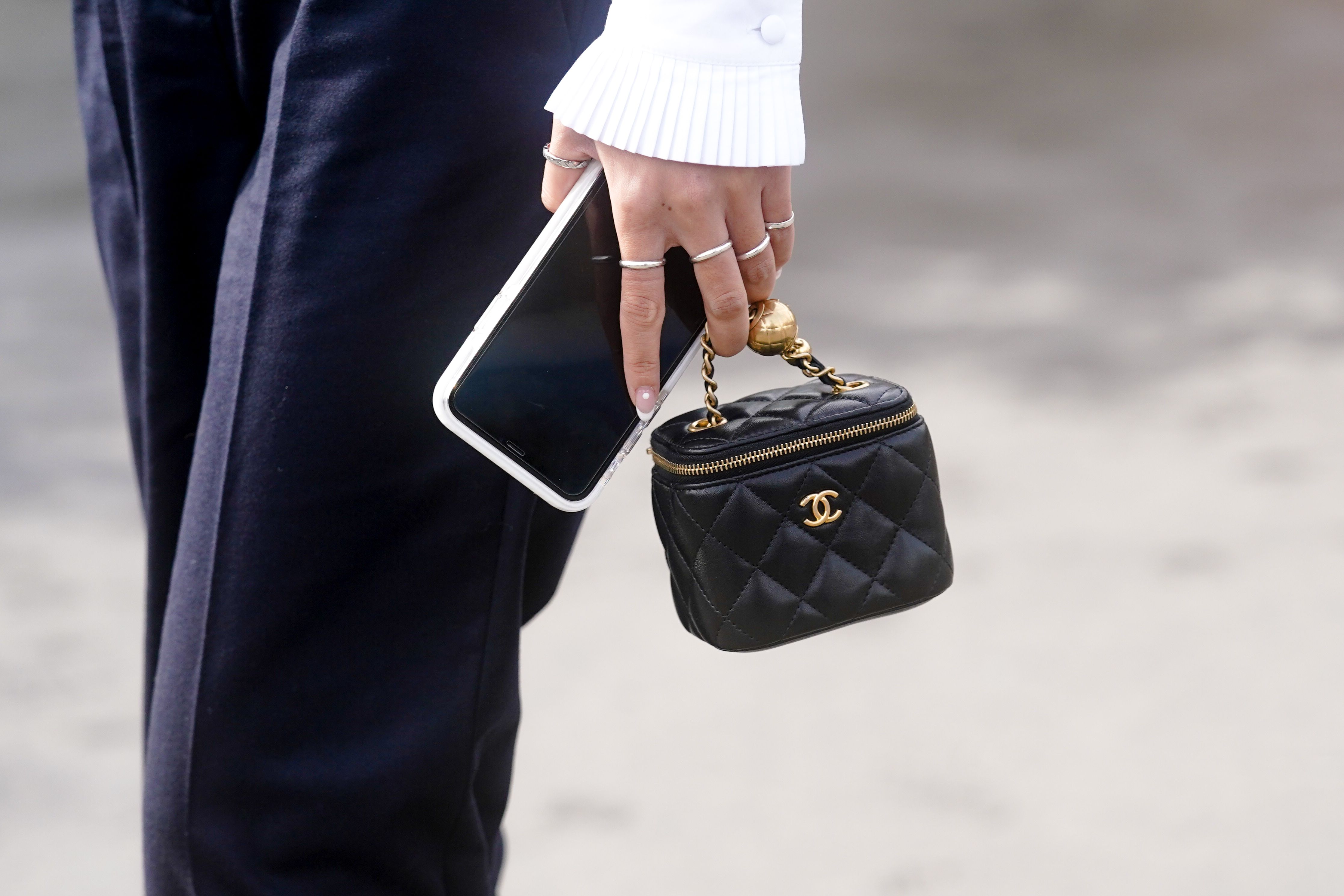
Edward BerthelotGetty Images
Do you ever ask yourself, «Why the hell didn’t I scoop up that vintage Fendi Baguette on eBay years ago?» Anticipating the renaissance of a brand’s once iconic it-bag is at best intuitive, and at worst a bad investment. According to ThredUp’s 2020 consumer report, the resale market is estimated to be worth $64 billion by 2024. And between online retailers like The Real Real that sells used designer goods and furniture and, Grailed, a community platform known for selling ‘holy grail’ streetwear, secondhand marketplaces are on the up and up. There’s also StockX, which acts as a stock market for sneakerheads, tracking the value of rare Jordans you were probably too slow to add to cart anyway. Today, handbags are receiving the same treatment with Rebag.
This content is imported from Instagram. You may be able to find the same content in another format, or you may be able to find more information, at their web site.
Last year the luxury designer bag and accessory reseller launched Clair, which acted as the Kelly Blue Book of handbags. It was able to give customers real-time rates of what their Louis Vuitton Speedy is worth, both to sell and to buy. The proprietary software tool has spent the last year acquiring data from customers and, in the brand’s commitment to transparency, is releasing its 2019-2020 report that reveals interesting details about our current shopping habits.
“Since launching Clair in October 2019, our submissions have almost tripled,” said Charles Gorra, CEO and founder of Rebag. “The resale industry is constantly changing. The Clair Report is our way of tracking those changes, sharing them with the public, and empowering consumers to make informed decisions and investments.”
The value of your wardrobe investments is a personal decision. What is «worth it» to you varies drastically, but Clair’s findings give us an idea of what actually retains value and, most surprisingly, how that is affected by current trends. Clair’s report tells us that Hermes handbags hold about 80 percent of their value, while Chanel and Louis Vuitton demand 63 percent average value retention. This comes as no surprise.
However, the report also notes that both Dior and Bottega Veneta, whose accessory divisions were both revived with the former’s reintroduction of the Saddle bag and the latter’s promotion of Daniel Lee, saw drastic jumps. Respectively, Dior increased from 43 percent to 56 percent while Bottega Veneta saw an increase from 28 percent to 38 percent. In other words, if you had bought a Pouch clutch last year, you could sell it back for almost what you paid for, which was unheard of for its intrecciato bags (although we assume many are scouring the racks for vintage styles right now).
In the natural progression that Rebag has grown (the company successfully launched accessories earlier this year), they are adding their own stock market to its portfolio. In an industry first, Rebag is integrating a real-time price tracking tool on their site that allows users to trace the historical evolution of each item. Using a product’s individual Clair Code, you can personally see when a price tag drops or increases instantly (like when Chanel’s bags jumped up 25 percent, alarming purse lovers worldwide). Envision yourself on the Wall Street floor because now you harness the power of resale knowledge, giving you insight on when it’s best to sell or buy. At Rebag, their data is your data.
This content is created and maintained by a third party, and imported onto this page to help users provide their email addresses. You may be able to find more information about this and similar content at piano.io











